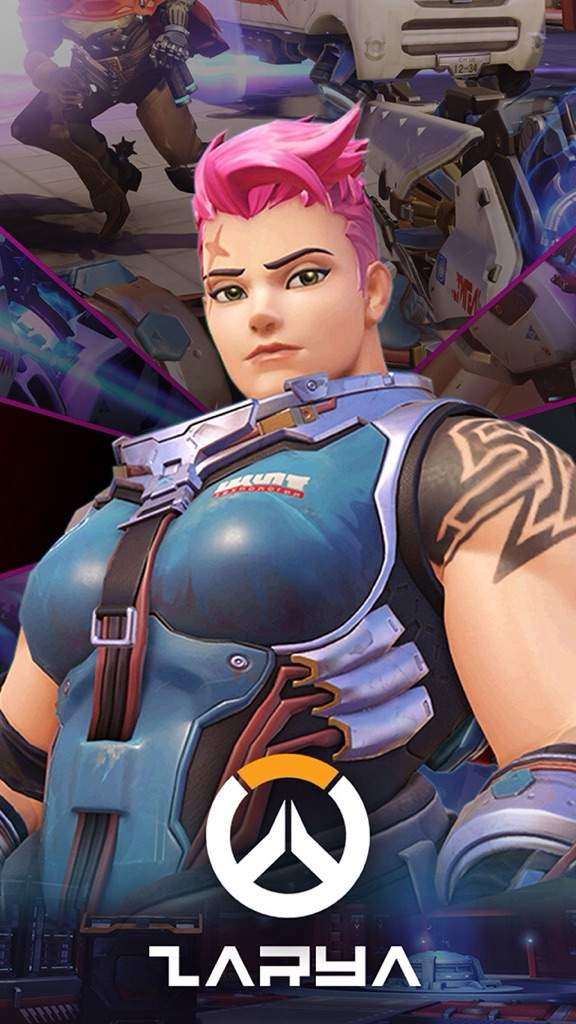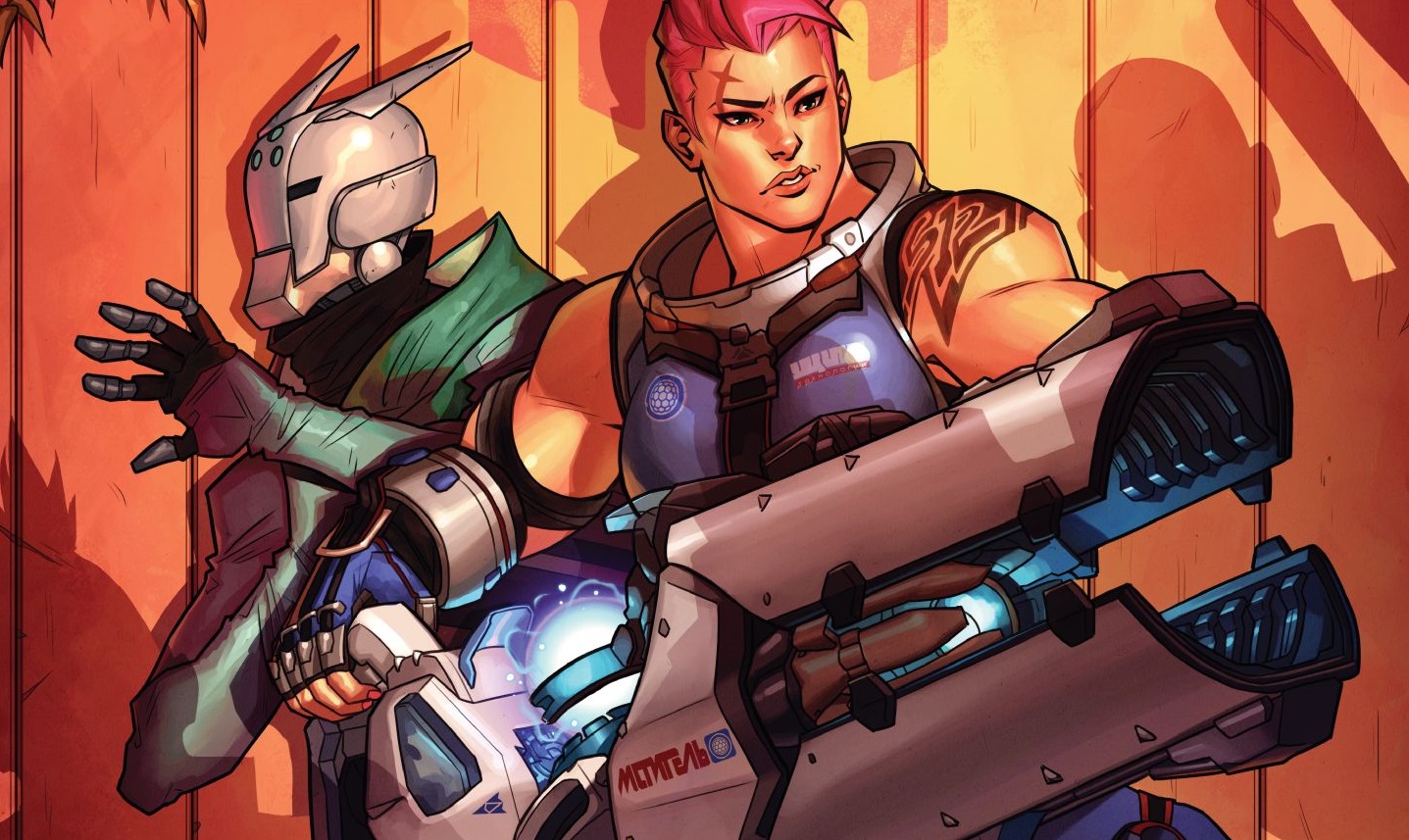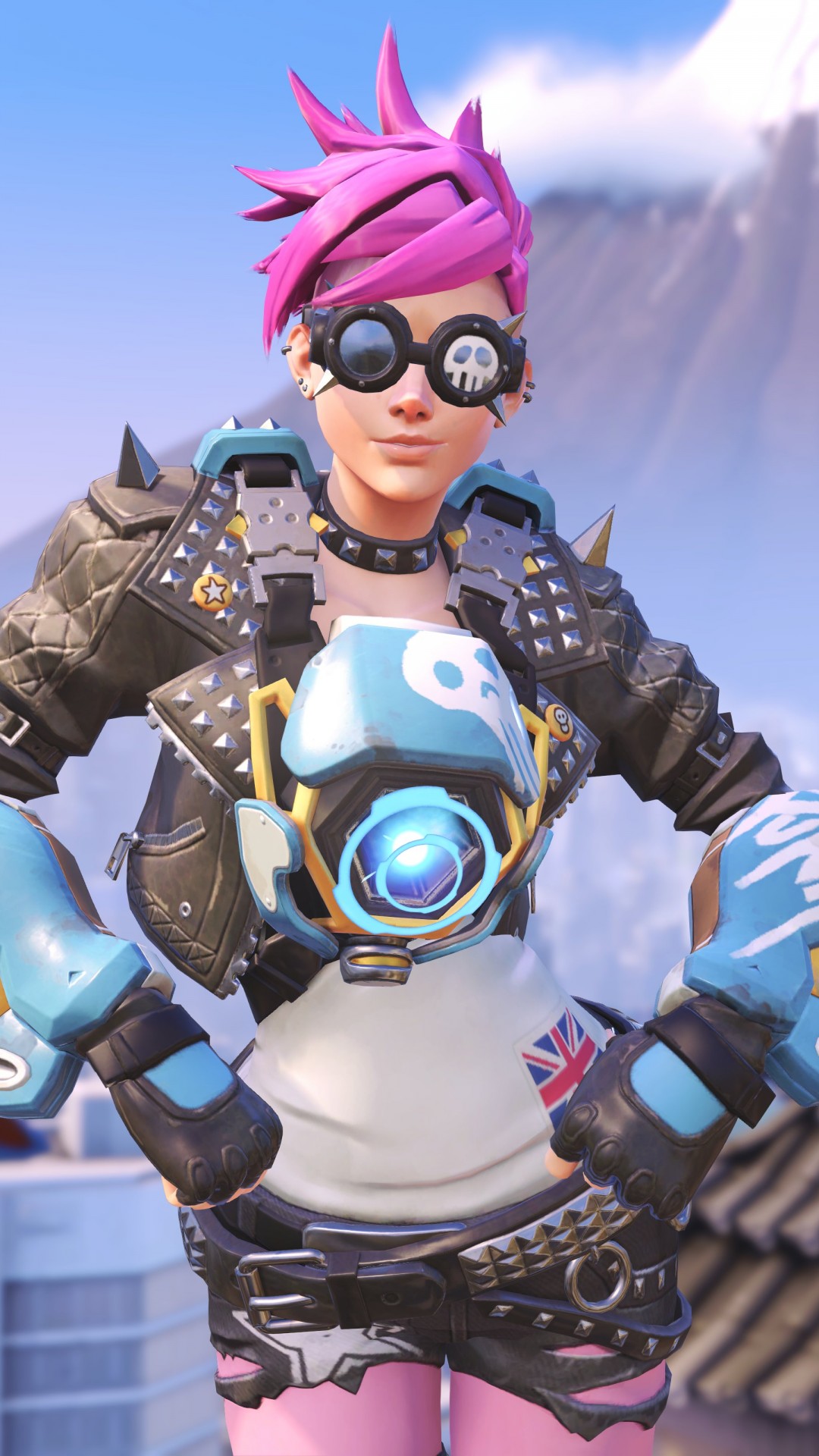

It was up to game designer Jade Martin, whose Hero designs include Dehaka, Ragnaros, Cassia, Qhira, and others, to translate the back-and-forth bruiser from Overwatch into the Nexus. Tracer was the first to debut, but Zarya was earmarked almost immediately as a must-have addition to the roster. With a stable base to build upon, the Heroes team was ready to start their own version of Zarya in the Nexus.Įven before the launch of Overwatch in 2016, the designers on the Heroes of the Storm team were practically beating down the starting zone barriers to begin implementing some of the now-iconic Overwatch heroes into the Nexus. While many Heroes (such as Bastion, Mercy, and Symmetra) have seen significant changes to their abilities throughout the years, Zarya’s design has remained relatively untouched. Zarya’s now clear and well-established gameplay has cemented her as a stable and consistent member of the Overwatch roster. Let’s do this.” is exactly what you might expect from a record-setting renowned Siberian soldier. Or, as Geoff puts it, “ personality and background really lean into this ‘c'mon and try to hit me’ vibe that our game design was built on.” Pulling the enemy team into one location, then essentially saying “you’re here. “To this day is still the slowest charging ultimate ability because of how powerful it is.” In addition to its strength, it also feels like the perfect gameplay manifestation of Zarya’s take-no-crap attitude. While they tried an alternative ultimate that projected Barriers to all nearby allies, it was “visually messy” and didn’t have the play-making impact of Graviton Surge.

It took a lot of iteration to tune and tweak it, but we knew it was iconic and special from the first playtest,” says Geoff. But with Zarya, “Graviton Surge was the first thing we really tried and it was a slam dunk from the very start. It can take a lot of iteration to figure out what makes the perfect ultimate for a Hero.


This was a nice fit for Zarya as it meant we were able to push her damage to be super high if you managed to ‘eat’ a lot of damage and get charged up.” The team tested a few alternate ideas, but the kit we recognize today took shape quickly and Zarya’s core design stuck through to the live game. One of the design goals of our tanks is that they can potentially dish out good damage, but they aren’t as consistent as damage heroes. “Initially we were thinking maybe she could absorb damage and give herself shields, but later settled on powering up her gun instead. With Zarya, “she was designed to be a tank that ‘wanted to take damage’” from the very beginning, said Geoff Goodman, Zarya’s Overwatch designer. Oftentimes, there are several rounds of iteration on a Hero’s playstyle, feel, and general concept before locking in a character’s design identity. Zarya’s voyage from early concept to the destructive wielder-of-weaponry was a surprisingly smooth process for the Overwatch design team. The Defender of Russia’s Intro to Overwatch With our 30th anniversary around the corner, now seems like a great time to track down the designers who brought Zarya to life in Overwatch and Heroes of the Storm and find out what goes into creating an iconic Hero that spans two worlds. One such journey was that of Aleksandra Zaryanova, aka Zarya. From battling on the frontlines of the Omnic Crisis, to teaming up with a mega-sized murloc looking to sway an eternal conflict between two towering celestial beings-the realm-shattering magics of the Nexus causes Blizzard characters to often end up transplanted from their earthly homes to some new and surprising territory.


 0 kommentar(er)
0 kommentar(er)
